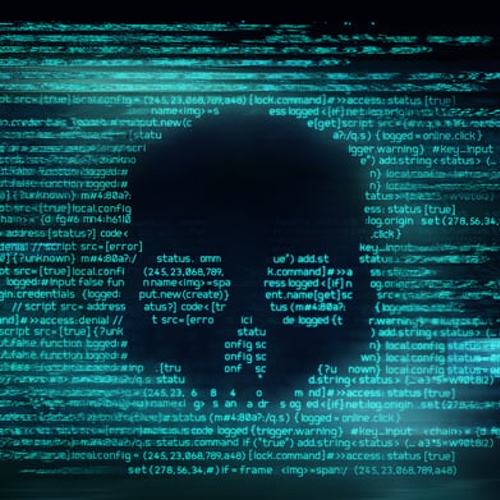The Global Impact of Malware and Ransomware in 2024
How Cyberattacks Are Reshaping the Digital Landscape and the Need for Robust Defense

This post dives into the key statistics and trends of malware and ransomware in 2024, shedding light on their devastating impact and underscoring the importance of proactive cybersecurity measures.
A Surge in Cyber Threats
According to recent reports, malware attacks had a total global cost or nearly $10 trillion in 2024. Malware infections also reached unprecedented levels, with over 1.5 billion incidents recorded, targeting industries such as healthcare, finance, education, and critical infrastructure.
Several key factors contributed to the surge in attacks:
1. Sophisticated Attack Techniques
Cybercriminals used AI-driven tools to develop highly targeted and adaptive malware, bypassing traditional defenses with ease. Ransomware-as-a-Service (RaaS) platforms became increasingly popular, enabling even low-skill hackers to launch devastating attacks.
2. Remote Work Vulnerabilities
The continued reliance on remote work created new attack vectors for cybercriminals. Poorly secured remote access protocols and endpoints were prime targets for malware infections and ransomware attacks.
3. Critical Infrastructure Targeting
In 2024, cybercriminals increasingly targeted critical infrastructure, such as energy grids, transportation systems, and water supplies. These attacks aimed to disrupt essential services, often forcing governments to negotiate with attackers to minimize societal impact.
The Consequences of Malware and Ransomware
The fallout from these attacks went far beyond financial losses. Here are some of the key consequences:
1. Economic Damage
Ransom payments and recovery costs strained the budgets of organizations worldwide. Small and medium-sized enterprises (SMEs) were particularly hard hit, with many unable to recover from the financial blow.
2. Data Breaches
Malware infections often resulted in massive data breaches, exposing sensitive customer and employee information. The long-term reputational damage was catastrophic for many organizations.
3. Operational Disruption
Ransomware attacks crippled businesses by locking critical systems and halting operations. In sectors like healthcare, the impact was life-threatening, delaying surgeries and patient care.
4. Erosion of Public Trust
Governments and institutions that failed to protect critical systems faced a growing erosion of public trust. Citizens became increasingly wary of sharing personal data online, impacting the digital economy.
Notable Incidents in 2024
Several high-profile attacks in 2024 illustrated the severity of the problem:
• Healthcare Sector Attack: A ransomware group targeted a major hospital network, encrypting patient records and demanding a $15 million ransom. The attack disrupted care for thousands of patients and required weeks to resolve.
• Energy Grid Breach: A malware infection brought down a portion of a national energy grid, leaving millions without power for days.
• Global Supply Chain Attack: Cybercriminals exploited vulnerabilities in a widely used supply chain software, infecting hundreds of businesses worldwide.
The Path Forward: Building Resilience
The rising tide of malware and ransomware underscores the urgency of adopting advanced cybersecurity strategies. Organizations must move beyond traditional defenses and invest in robust, multi-layered solutions.
1. Endpoint Detection and Response (EDR): Tools like SentinelOne EDR provide real-time monitoring, threat detection, and automated remediation to combat sophisticated malware and ransomware.
2. Regular Backups: Businesses should maintain regular, secure backups to reduce the leverage of ransomware attackers.
3. Employee Training: Cybersecurity awareness training is crucial to prevent phishing and social engineering attacks, which remain primary attack vectors.
4. Zero Trust Architecture: Adopting a zero-trust security model minimizes access to sensitive systems, reducing the risk of breaches.
Final Thoughts
The impact of malware and ransomware in 2024 has been a wake-up call for organizations worldwide. The consequences of these attacks highlight the critical need for advanced cybersecurity measures to protect sensitive data, maintain operations, and preserve trust in the digital ecosystem.
Take Action Now
As cybercriminals continue to evolve, businesses must remain vigilant. Contact us today to learn how we can help you build a resilient defense against malware and ransomware threats.
